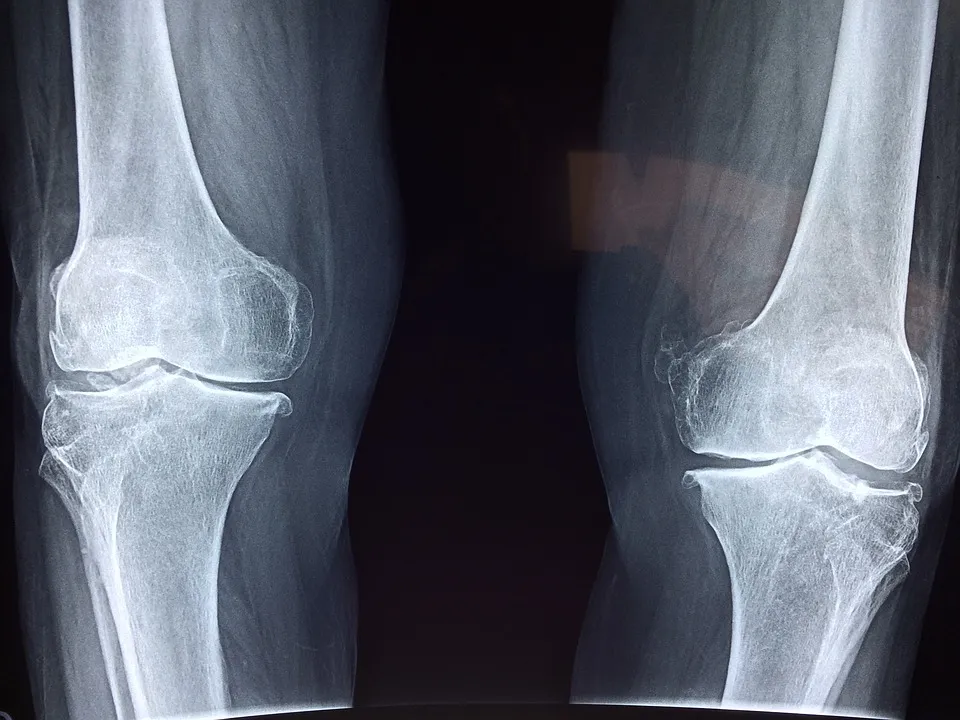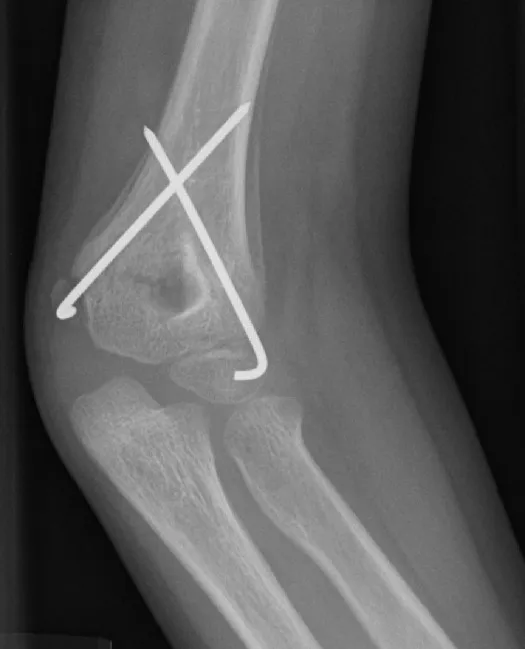BMP-2, too much of a good thing?

Image CCO Creative Commons
But let’s go in order and see how and when BMP-2 is used.

Image CCO Creative Commons
What are the side effects of BMP-2?

Image CCO Creative Commons
So while it is true that more bone is being produced as a result of BMP-2, this bone was found to be of poor quality and containing low mineral density (Aghaloo et al. 2007; James et al. 2012). Especially when used in spinal fusion surgeries, BMP-2 can have several side-effects, the worst one is probably ectopic bone formation that is caused by the leakage of BMP-2 outside the implant (James et al. 2016) . BMP-2 not only direct the differentiation of stem cells, but it can also change the phenotype of cells like myoblasts (Chen et al. 1998), adipocytes (Fraser et al. 2006) and fibroblasts (Ishihara, Weisbrode, and Bertone 2015) that inhabit the surrounding tissues, causing some problems. You don’t have to trust me on that, few years after the approval of BMP-2, the FDA issued a warning, urging clinicians to be careful with the use of BMP-2 because it was found that from 20 to 70% of the surgeries that used BMP-2 showed some sort of BMP-2-associated complications (Carragee, Hurwitz, and Weiner 2011). This data is often overlooked in scientific publications. With this article I don’t want to dispute the therapeutic benefits of BMP-2, probably to date we don’t have better alternatives, but I just wanted to highlight how sometimes we are biased in reporting facts.
References
Aghaloo, Tara et al. 2007. “A Study of the Role of Nell-1 Gene Modified Goat Bone Marrow Stromal Cells in Promoting New Bone Formation.” Molecular therapy : the journal of the American Society of Gene Therapy 15(10): 1872–80. http://www.ncbi.nlm.nih.gov/pubmed/17653100.
Carragee, Eugene J, Eric L Hurwitz, and Bradley K Weiner. 2011. “A Critical Review of Recombinant Human Bone Morphogenetic Protein-2 Trials in Spinal Surgery: Emerging Safety Concerns and Lessons Learned.” The spine journal : official journal of the North American Spine Society 11(6): 471–91. http://www.ncbi.nlm.nih.gov/pubmed/21729796.
Chen, D et al. 1998. “Differential Roles for Bone Morphogenetic Protein (BMP) Receptor Type IB and IA in Differentiation and Specification of Mesenchymal Precursor Cells to Osteoblast and Adipocyte Lineages.” The Journal of cell biology 142(1): 295–305. http://www.ncbi.nlm.nih.gov/pubmed/9660882.
Fraser, John K, Isabella Wulur, Zeni Alfonso, and Marc H Hedrick. 2006. “Fat Tissue: An Underappreciated Source of Stem Cells for Biotechnology.” Trends in biotechnology 24(4): 150–54. http://www.ncbi.nlm.nih.gov/pubmed/16488036.
Hori, Masateru et al. 2006. “Bone Morphogenetic Protein-2 Counterregulates Interleukin-18 MRNA and Protein in MC3T3-E1 Mouse Osteoblastic Cells.” Connective tissue research 47(3): 124–32. http://www.ncbi.nlm.nih.gov/pubmed/16753805.
Ishihara, Akikazu, Steve E Weisbrode, and Alicia L Bertone. 2015. “Autologous Implantation of BMP2-Expressing Dermal Fibroblasts to Improve Bone Mineral Density and Architecture in Rabbit Long Bones.” Journal of orthopaedic research : official publication of the Orthopaedic Research Society 33(10): 1455–65. http://www.ncbi.nlm.nih.gov/pubmed/25418909.
Itoh, K et al. 2001. “Bone Morphogenetic Protein 2 Stimulates Osteoclast Differentiation and Survival Supported by Receptor Activator of Nuclear Factor-KappaB Ligand.” Endocrinology 142(8): 3656–62. http://www.ncbi.nlm.nih.gov/pubmed/11459815.
James, Aaron W. et al. 2016. “A Review of the Clinical Side Effects of Bone Morphogenetic Protein-2.” Tissue Engineering Part B: Reviews 22(4): 284–97. http://online.liebertpub.com/doi/10.1089/ten.teb.2015.0357.
James, Aaron W et al. 2012. “Perivascular Stem Cells: A Prospectively Purified Mesenchymal Stem Cell Population for Bone Tissue Engineering.” Stem cells translational medicine 1(6): 510–19. http://www.ncbi.nlm.nih.gov/pubmed/23197855.
Keating, J F, A H R W Simpson, and C M Robinson. 2005. “The Management of Fractures with Bone Loss.” The Journal of bone and joint surgery. British volume 87(2): 142–50. http://www.ncbi.nlm.nih.gov/pubmed/15736731.
Robin, Brett N et al. 2010. “Cytokine-Mediated Inflammatory Reaction Following Posterior Cervical Decompression and Fusion Associated with Recombinant Human Bone Morphogenetic Protein-2: A Case Study.” Spine 35(23): E1350-4. http://www.ncbi.nlm.nih.gov/pubmed/20938385.
Shahlaie, Kiarash, and Kee D Kim. 2008. “Occipitocervical Fusion Using Recombinant Human Bone Morphogenetic Protein-2: Adverse Effects Due to Tissue Swelling and Seroma.” Spine 33(21): 2361–66. http://www.ncbi.nlm.nih.gov/pubmed/18827703.
Spadaro, Joseph A., Robert O. Becker, and Charles H. Bachman. 1970. “The Distribution of Trace Metal Ions in Bone and Tendon.” Calcified Tissue Research 6(1): 49–54. http://link.springer.com/10.1007/BF02196183.
Urist, M R. 1965. “Bone: Formation by Autoinduction.” Science (New York, N.Y.) 150(3698): 893–99. http://www.ncbi.nlm.nih.gov/pubmed/5319761.
Zara, Janette N et al. 2011. “High Doses of Bone Morphogenetic Protein 2 Induce Structurally Abnormal Bone and Inflammation in Vivo.” Tissue engineering. Part A 17(9–10): 1389–99. http://www.ncbi.nlm.nih.gov/pubmed/21247344.
Communities that support me are:

Image created by @gtg

IMMAGINE CC0 CREATIVE COMMONS, si ringrazia @mrazura per il logo ITASTEM. Click here and vote for @davinci.witness